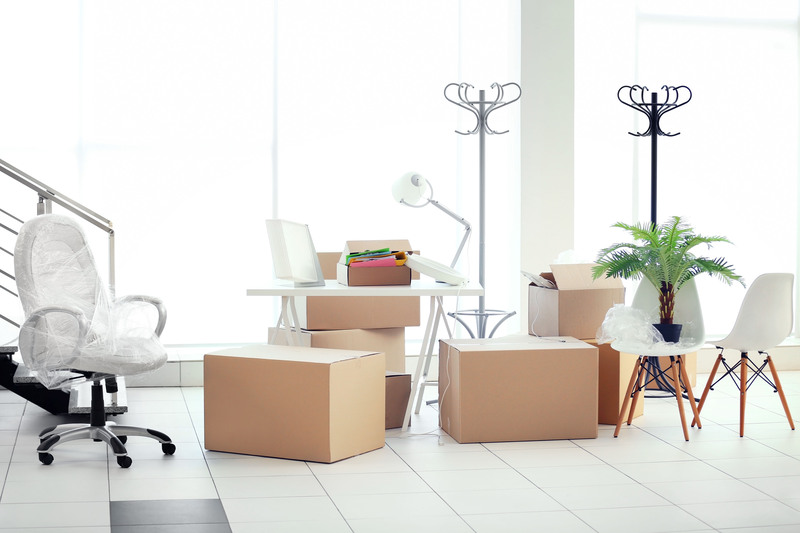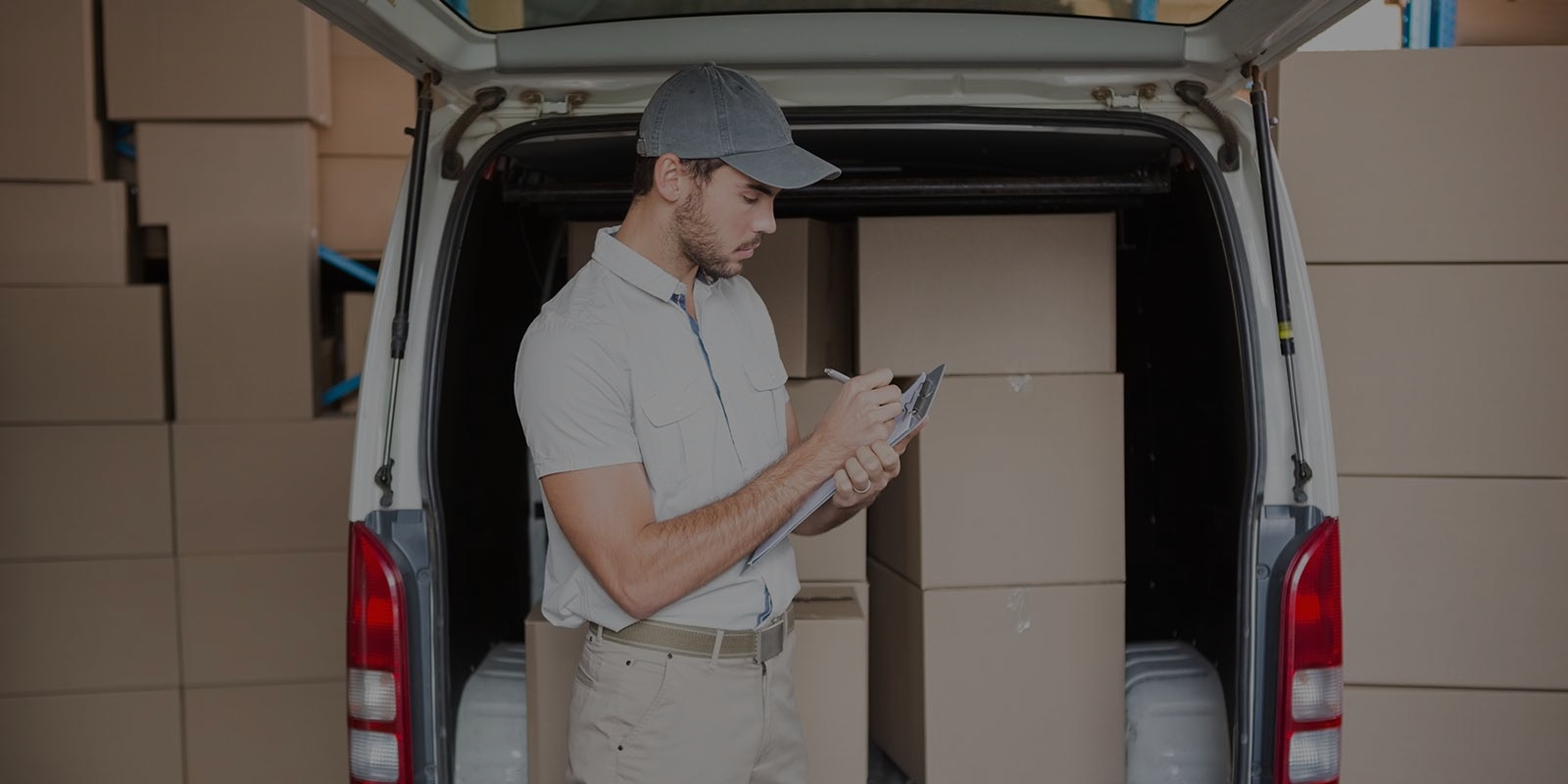Your Sofa's Guardian: Key Techniques for Prolonged Storage
Posted on 17/05/2025
Your Sofa's Guardian: Key Techniques for Prolonged Storage
Your sofa is more than just a piece of furniture; it's often the centerpiece of your living room, a gathering place for family and friends, and a significant investment. Whether you're moving, remodeling, or temporarily relocating, safeguarding your cherished sofa from damage during long-term storage is crucial. Ensuring your sofa's longevity requires not just simple covering, but a host of smart techniques and careful preparation.

Why Proper Sofa Storage Matters
When considering sofa storage, many assume that parking a couch in a storage unit is sufficient. However, improper storage methods can cause:
- Stains and mildew from moisture exposure
- Deformation and sagging due to poor support
- Pest infestations
- Fading and cracking from sunlight
- Unpleasant odors and dust accumulation
Protecting your sofa in storage is about more than just cleanliness; it preserves your furniture's appearance, structure, and value for years to come. This SEO-optimized article explores essential techniques and tips for keeping your sofa in pristine condition during prolonged storage.
Step 1: Preparing Your Sofa for Storage
1. Clean Thoroughly Before Storing
Start by giving your sofa a deep clean. Dust, crumbs, and body oils attract pests and encourage the growth of mold or bacteria in a storage environment. Preparation involves:
- Vacuuming: Use an upholstery attachment to remove dirt from crevices, seams, and under cushions.
- Spot cleaning: Treat any stains with a suitable non-abrasive cleaner; refer to manufacturer guidelines for your sofa's fabric.
- Deodorizing: Consider using fabric-safe odor neutralizers.
- Leather Care: For leather sofas, apply a leather conditioner to prevent cracking and dryness.
2. Disassemble When Possible
Detaching certain parts of your sofa can make handling and storing much safer and easier:
- Remove legs and arms: If they unscrew or detach easily, store them separately in labeled bags.
- Take off cushions: Store them alongside the sofa to maintain their shape and prevent deformation.
3. Protect With the Right Materials
Use high-quality materials for sofa protection in storage:
- Furniture covers: Invest in breathable covers to shield against dust and moisture. Avoid plastic as it traps humidity.
- Blankets or quilts: Wrap your sofa in moving blankets for added protection against dings and scratches.
- Desiccant packs: Place silica gel packs under or inside your sofa to absorb excess moisture.
Step 2: Choosing the Best Storage Environment
The environment where your sofa is stored plays an enormous role in its longevity. Here's what you need to know:
1. Climate-Controlled Storage Units
Temperature and humidity fluctuations can wreak havoc on upholstery, wood, and leather. A climate-controlled unit offers:
- Consistent Temperature: Prevents warping, expanding, and cracking.
- Humidity Control: Protects against mold, mildew, and wood rot.
- Added Cleanliness: Lower risk of pest infestations in well-sealed environments.
2. Elevated Storage
Never place your sofa directly on the floor of a storage unit, especially if it's a garage or basement:
- Pallets or Raised Platforms: Protect from dampness, flooding, and pest damage.
- Air Circulation: Promotes ventilation, further reducing the risk of mold.
3. Avoid Direct Sunlight
Sun exposure can cause fabrics to fade and leathers to crack. Position your sofa away from windows or bright lights.
Step 3: Properly Positioning Your Sofa for Storage
1. Don't Stack Heavy Items on the Sofa
For convenience, people often pile boxes or items onto the sofa. This risks:
- Sagging or permanent shape loss
- Indentations in cushions and upholstery
- Frame damage or warping
Store only light, soft items (like pillows or blankets) on top if absolutely necessary.
2. Store Upright Carefully
If space is tight, you may be tempted to store your sofa standing on its end. This isn't ideal for prolonged sofa storage, as gravity can distort the frame and cushions over time. Lay your sofa flat on its feet whenever possible.
3. Allow Space for Airflow
Provide a few inches of clearance from walls and other furnishings to ensure air can circulate freely around your sofa, reducing moisture buildup and mildew risk.
Step 4: Guarding Against Common Storage Enemies
1. Moisture and Mold
- Use Moisture Absorbers: Silica gel packs or activated charcoal help maintain a dry environment.
- Frequent Ventilation: If practical, periodically open your storage space to air it out.
- Check Seals: Make sure doors and windows are properly sealed to prevent leaks.
2. Insects and Rodents
- Regular Inspections: Check your storage unit or area for pest activity.
- Natural Repellents: Place cedar blocks or sachets of lavender near your sofa; these deter many common pests.
- Avoid Food: Never store food near your sofa or in the same storage unit.
3. Dust and Dirt
- Fully Cover: Use tailored covers that fit snugly, reducing the possibility of dust penetration.
- Elevate the Sofa: As mentioned earlier, elevation prevents cleaning difficulties and keeps base fabrics clean.
Step 5: Routine Maintenance and Checkups
1. Inspect Regularly
Even the best storage plans can be foiled by unforeseen issues. Schedule periodic visits to check for:
- Signs of moisture or mildew
- Pest activity
- Shifting of the sofa or covers
- Unusual odors or visible dust
If you spot any problems, address them immediately to avoid long-term damage to your sofa.
2. Refresh Protection Measures
- Replace moisture absorbers every few months.
- Re-secure covers that have shifted or loosened.
- Rotate or fluff cushions if possible to maintain their shape.
Preparing Your Sofa for Retrieval After Long-Term Storage
When it's time to bring your sofa back into your home, there's a process to follow for best results:
- Careful Unwrapping: Remove covers and inspect all surfaces for issues.
- Vacuum and Clean: Use a vacuum and safe cleaning agents to remove any storage residues.
- Airing Out: Allow the sofa to air out in a well-ventilated area to eliminate any lingering storage odors.
- Cushion Fluffing: Restore comfort by fluffing and reshaping cushions.
- Product Reapplication: For leather sofas, reapply conditioner to refresh suppleness.
With proper care, your sofa will look and feel as wonderful as the day it was stored!
Frequently Asked Questions About Long-Term Sofa Storage
Is plastic wrap safe for storing a sofa long-term?
Plastic wrap may seem handy, but it can lock in moisture and promote mold growth for any long-term storage. Always prefer breathable fabric covers designed for furniture.
How do I keep my leather sofa from cracking in storage?
The key is to thoroughly clean and condition the leather before covering it with a breathable fabric. Never store a leather sofa in direct sunlight or at extreme temperatures.
Can I store a sofa in my garage?
Garages are rarely climate-controlled, making them risky for long-term sofa storage. If no better options are available, take precautions with pallets, covers, and moisture control products.
How often should I check on my sofa during storage?
Ideally, inspect your stored sofa at least every two to three months. Quick checks catch moisture, insects, or shifting that could cause harm if left untreated.

Eco-Friendly Sofa Storage Tips
If environmentally sustainable furniture storage practices matter to you, consider these green strategies:
- Reusable furniture wraps: Opt for covers made of organic cotton or recycled materials.
- Natural pest deterrents: Use cedar, lavender, or essential oils.
- Sustainable storage units: Seek facilities powered by renewable energy and with efficient climate controls.
Promoting both sofa longevity and environmental responsibility ensures your furniture--and the planet--are cared for.
Conclusion: Be Your Sofa's Guardian for Long-Term Storage Success
Your sofa's best defense against time, pests, and environmental harm is your proactive care and preparation. By thoroughly cleaning, disassembling, and packaging your sofa, choosing the right storage setting, and maintaining regular inspections, you're safeguarding an important investment and future comfort.
Remember, the key to prolonged sofa storage is not just about stashing it away but attending to every detail. Adopt these strategies and you'll have peace of mind knowing your sofa is protected, ready to welcome you home in perfect condition!
Key Takeaways for Prolonged Sofa Storage:
- Clean and prepare your sofa before storage.
- Use breathable covers and moisture barriers.
- Opt for climate-controlled units whenever possible.
- Avoid stacking or improper positioning that can deform your sofa.
- Routine inspections help catch and correct issues early.
By being your sofa's guardian, you ensure its longevity, aesthetic, and comfort--no matter how long it's kept in storage.







